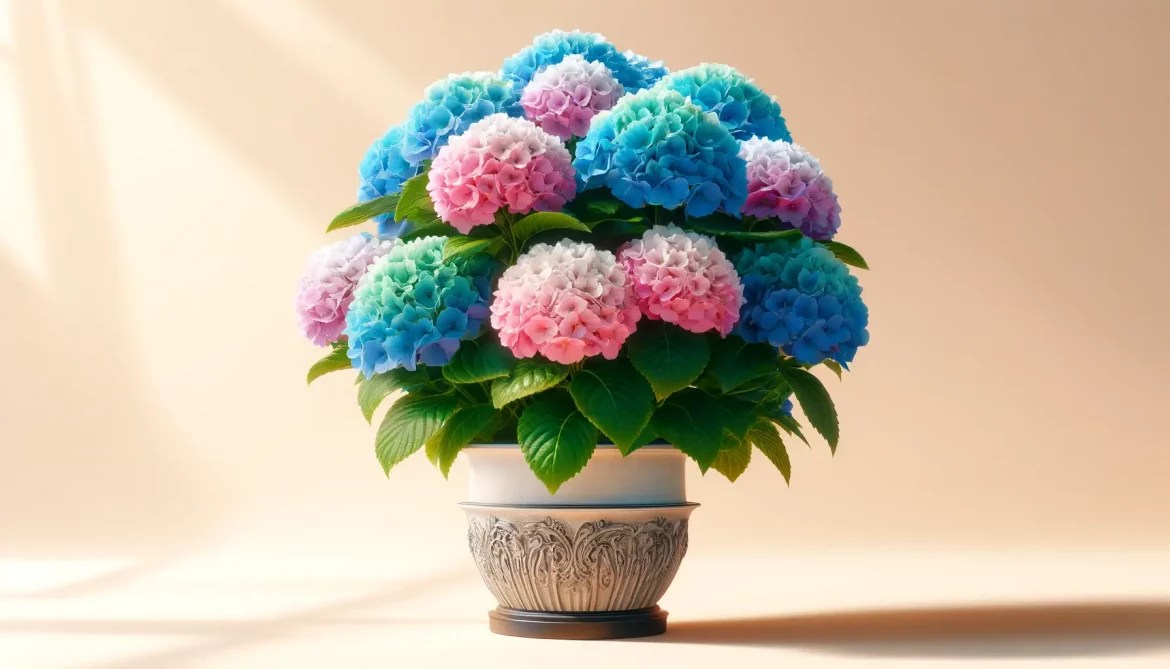Can Hydrangeas Thrive in Pots? A Comprehensive Guide
Introduction
Hydrangeas are beautiful flowering plants that can add a touch of elegance to any garden. But can they grow in pots? The answer is yes, but they require special care to thrive in this environment.
Choosing the Right Pot
The first step to growing hydrangeas in pots is choosing the right container. The pot should be several inches wider than the root ball of the hydrangea plant and have drainage holes to prevent waterlogging.
Sunlight and Water
Hydrangeas need plenty of sunlight and water to thrive. Place your potted hydrangea in a location that receives at least six hours of sunlight per day. Water your hydrangea deeply and regularly, especially during hot weather.
Soil and Fertilizer
Hydrangeas prefer well-draining, acidic soil. You can use a potting mix specifically designed for acid-loving plants. Fertilize your hydrangea monthly with a balanced fertilizer.
Pruning
Pruning is an important part of caring for hydrangeas in pots. Different varieties of hydrangeas flower on either old or new growth, so it’s important to know which type you have before pruning. If your hydrangea flowers on old growth, prune it in late winter or early spring before new growth begins. If your hydrangea flowers on new growth, prune it in late summer or early fall after it has finished blooming.
Winter Protection
In cold climates, hydrangeas in pots need protection from the winter cold. Move your potted hydrangea to a cool but not cold location, such as a garage or basement. Water it moderately throughout the winter and bring it back outside when spring temperatures climb.
Troubleshooting Common Problems
- Brown leaves: This can be a sign of underwatering or overwatering. Check the soil moisture and adjust your watering schedule accordingly.
- Yellow leaves: This can be a sign of iron deficiency. Add an iron supplement to your fertilizer.
- Wilting: This can be a sign of root rot. Repot your hydrangea in fresh potting mix and make sure the pot has good drainage.
Additional Tips
- Choose a dwarf variety of hydrangea if you want to keep your plant small.
- Repot your hydrangea every two to three years as it grows.
- Deadhead spent blooms to encourage new growth and flowering.
- Hydrangeas can be sensitive to salt, so avoid using fertilizers that contain salt.
- If you have any questions or concerns about growing hydrangeas in pots, consult with a local nursery or gardening expert.
By following these tips, you can enjoy beautiful, blooming hydrangeas in pots for many years to come.
